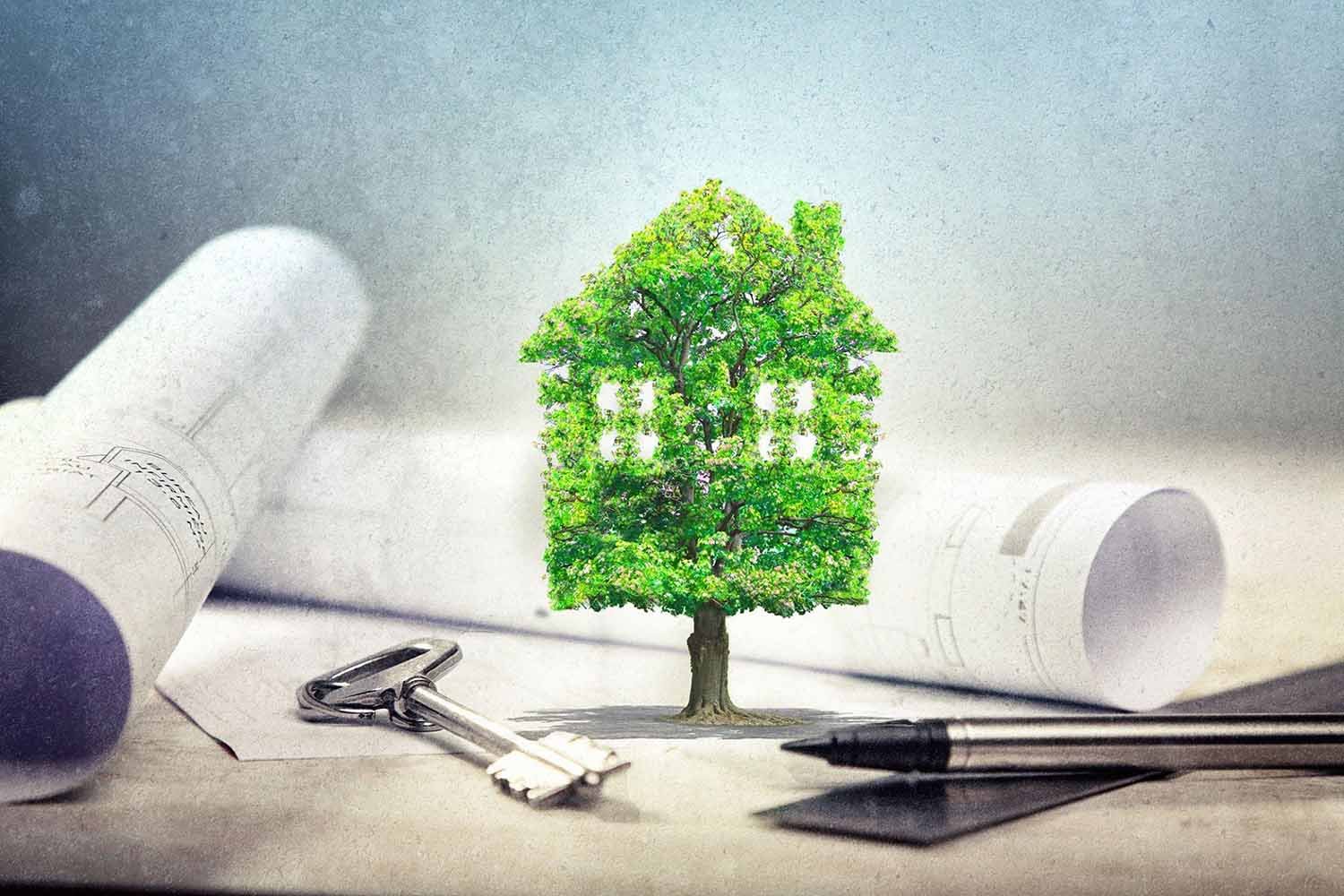Home / Blog / What is a Construction Environmental Management Plan (CEMP)
What is a Construction Environmental Management Plan (CEMP)?

A Construction Environmental Management Plan (CEMP) is a document that outlines the steps that will be taken to minimize the environmental impact of a construction project. It typically includes information on how to manage dust, noise, water, waste, and other environmental risks.
Why is a CEMP important?
A CEMP is important because it helps to protect the environment and the people who live near construction projects. It also helps to ensure that construction projects comply with environmental laws and regulations.
The benefits of developing a CEMP
There are many benefits to developing a CEMP, including:
- Reduced environmental impact: A CEMP can help to reduce the project’s impact on air quality, water quality, noise levels, wildlife, and other environmental factors.
- Improved environmental compliance: A CEMP can help to ensure that the project complies with all applicable environmental laws and regulations.
- Reduced costs: A CEMP can help to reduce the costs associated with environmental compliance.
- Improved reputation: A CEMP demonstrates the company’s commitment to environmental responsibility, which can lead to an improved reputation.
The requirements for developing a CEMP in the Middle East
The specific requirements for developing and implementing a CEMP vary from country to country in the Middle East. However, some general requirements apply across the region. These requirements typically include:
- Identifying the environmental impacts of the project
- Assessing the significance of the environmental impacts
- Developing mitigation measures to address the environmental impacts
- Preparing a monitoring and reporting plan
- Implementing the CEMP
How to develop a Construction Environmental Management Plan

A Construction Environmental Management Plan (CEMP) is a document that outlines the steps that will be taken to minimize the environmental impact of a construction project. It is important to develop a CEMP for any construction project, regardless of size.
Here are the steps involved in developing a CEMP:
-
Identify the environmental impacts of the project.
This can be done by considering the type of project, the location of the project, and the materials that will be used. Some common environmental impacts of construction projects include:
- Air pollution from dust and vehicle emissions
- Water pollution from runoff and spills
- Noise pollution from construction activities
- Habitat loss and fragmentation
- Waste generation
-
Assess the significance of the environmental impacts.
Once you have identified the environmental impacts of your project, you need to assess their significance. This can be done by considering the magnitude, duration, and frequency of the impact, as well as the sensitivity of the receiving environment.
-
Develop mitigation measures to address the environmental impacts.
Once you have assessed the significance of the environmental impacts, you need to develop mitigation measures to address them. Mitigation measures are steps that can be taken to reduce the magnitude, duration, and frequency of the impact. Some common mitigation measures include:
- Using dust control measures, such as water trucks and silt fences
- Installing erosion control measures, such as sediment basins and check dams
- Using noise control measures, such as mufflers and sound walls
- Minimizing habitat disturbance
- Developing a waste management plan
-
Prepare a monitoring and reporting plan.
A monitoring and reporting plan outlines how the environmental impacts of the project will be monitored and reported to the relevant stakeholders. The monitoring plan should identify the specific environmental parameters that will be monitored, the frequency of monitoring, and the reporting procedures.
-
Implement the CEMP.
Once the CEMP has been developed, it is important to implement it effectively. This includes communicating the CEMP to all relevant stakeholders and ensuring that they are aware of their roles and responsibilities. It also includes providing adequate resources for the implementation of the CEMP.
Environmental monitoring and reporting
Environmental monitoring is the process of collecting and analyzing data about the environment. This data can be used to track changes in the environment, identify potential problems, and assess the effectiveness of environmental management measures. Environmental monitoring is important for any business or organization that has a significant impact on the environment, such as a construction company or a factory.
There are many different types of environmental monitoring, including:
- Air quality monitoring: Air quality monitoring is used to measure the levels of pollutants in the air. This information can be used to identify areas with poor air quality and to develop strategies to improve air quality.
- Water quality monitoring: Water quality monitoring is used to measure the quality of water bodies, such as rivers, lakes, and groundwater. This information can be used to identify sources of pollution and to develop strategies to improve water quality.
- Noise monitoring: Noise monitoring is used to measure noise levels. This information can be used to identify areas with excessive noise levels and to develop strategies to reduce noise levels.
- Wildlife monitoring: Wildlife monitoring is used to track the populations of wildlife species. This information can be used to identify species that are at risk and to develop strategies to protect them.
Environmental reporting is the process of communicating the results of environmental monitoring to stakeholders. Stakeholders may include the public, government agencies, and investors. Environmental reporting is important for businesses and organizations to demonstrate their commitment to environmental responsibility.
How to develop a monitoring and reporting plan
The first step in developing a monitoring and reporting plan is to identify the specific environmental parameters that need to be monitored. The environmental parameters that are monitored will depend on the type of business or organization and the specific environmental risks.
Once the environmental parameters have been identified, the next step is to develop a monitoring schedule. The monitoring schedule should specify how often the environmental parameters will be monitored and how the data will be collected.
The final step in developing a monitoring and reporting plan is to develop a reporting plan. The reporting plan should specify how the results of the environmental monitoring will be communicated to stakeholders. The reporting plan should also specify the frequency and format of the reports.
By following these steps, you can develop a monitoring and reporting plan that will help you to track the environmental impact of your business or organization and to communicate the results to stakeholders.
Environmental compliance
Environmental compliance means following the environmental laws and regulations of a country or region. Businesses and organizations must comply with environmental laws and regulations to protect the environment and avoid fines and penalties.
Environmental laws and regulations in the Middle East
The Middle East has a number of environmental laws and regulations in place to protect the environment. These laws and regulations vary from country to country, but they typically cover areas such as air quality, water quality, waste management, and hazardous materials management.
How to ensure environmental compliance
There are a number of steps that businesses and organizations can take to ensure environmental compliance, including:
- They are identifying the environmental laws and regulations that apply to their business or organization.
- They are conducting environmental impact assessments to identify the potential environmental impacts of their activities.
- Developing and implementing environmental management plans to reduce or eliminate the environmental impacts of their activities.
- They are monitoring their compliance with environmental laws and regulations.
- They are reporting their environmental performance to the relevant authorities.
By following these steps, businesses and organizations can help to protect the environment and avoid fines and penalties.
Here are some additional tips for ensuring environmental compliance in the Middle East:
- Be aware of the specific environmental laws and regulations that apply to your country or region.
- Stay up-to-date on any changes to environmental laws and regulations.
- Seek advice from environmental professionals if you need clarification on your compliance obligations.
- Implement a system for tracking and managing your environmental compliance.
- Train your employees on environmental compliance.
Case Studies of CEMPs in the Middle East
Here are some case studies of CEMPs in the Middle East:
Bahrain
- Project: King Fahd Causeway
- CEMP: The CEMP for the King Fahd Causeway included a number of measures to reduce the environmental impact of the project, such as:
- Using dust control measures, such as water trucks and silt fences
- Installing erosion control measures, such as sediment basins and check dams
- Using noise control measures, such as mufflers and sound walls
- Minimizing habitat disturbance
- Developing a waste management plan
Egypt
- Project: Suez Canal Expansion Project
- CEMP: The CEMP for the Suez Canal Expansion Project included a number of measures to reduce the environmental impact of the project, such as:
- Protecting coral reefs and seagrass beds
- Managing dredging and spoil disposal
- Monitoring water quality
- Reducing noise and dust pollution
- Compensating for any habitat loss
Kuwait
- Project: New Kuwait International Airport
- CEMP: The CEMP for the New Kuwait International Airport included a number of measures to reduce the environmental impact of the project, such as:
- Using dust control measures, such as water trucks and silt fences
- Installing erosion control measures, such as sediment basins and check dams
- Using noise control measures, such as mufflers and sound walls
- Minimizing habitat disturbance
- Developing a waste management plan
Oman
- Project: Duqm Refinery and Petrochemical Complex
- CEMP: The CEMP for the Duqm Refinery and Petrochemical Complex included a number of measures to reduce the environmental impact of the project, such as:
- Reducing air emissions
- Managing wastewater
- Minimizing waste generation
- Protecting marine life
- Monitoring air and water quality
Qatar
- Project: Lusail City
- CEMP: The CEMP for Lusail City included a number of measures to reduce the environmental impact of the project, such as:
- Using sustainable building materials and practices
- Protecting mangroves and other sensitive ecosystems
- Managing water and energy resources efficiently
- Reducing waste generation
- Monitoring air and water quality
Saudi Arabia
- Project: NEOM
- CEMP: The CEMP for NEOM included a number of measures to reduce the environmental impact of the project, such as:
- Using renewable energy sources
- Protecting marine life and coral reefs
- Managing water and waste resources efficiently
- Minimizing habitat disturbance
- Monitoring air and water quality
United Arab Emirates
- Project: Dubai Expo 2020
- CEMP: The CEMP for Dubai Expo 2020 included a number of measures to reduce the environmental impact of the project, such as:
- Using sustainable building materials and practices
- Protecting biodiversity
Conclusion
This article has discussed the importance of developing a Construction Environmental Management Plan (CEMP) for construction projects in the Middle East. A CEMP can help to reduce the environmental impact of construction projects, ensure compliance with environmental laws and regulations, and save money on environmental compliance costs.
Summary of key points
The key points of this article are:
- A CEMP is a document that outlines the steps that will be taken to minimize the environmental impact of a construction project.
- It is important to develop a CEMP for any construction project, regardless of size.
- There are five key steps involved in developing a CEMP:
- Identifying the environmental impacts of the project
- Assessing the significance of the environmental impacts
- Developing mitigation measures to address the environmental impacts
- Preparing a monitoring and reporting plan
- Implementing the CEMP

